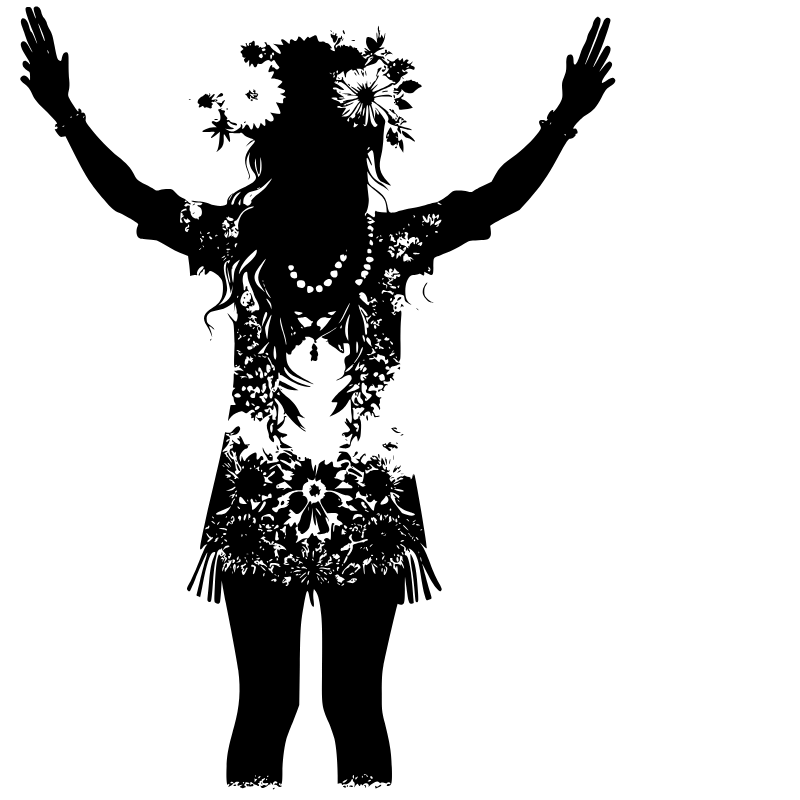Symmetry is useful for locomotion. It’s an easy way to get backup instances of things. By “easy” I mean it doesn’t take much “code” to accomplish for the value it produces.
When something is more valuable and “cheaper”/“easier” requiring less code to set up, it’s more likely to be selected for.
Basically, evolution produces organisms that work well in the environment, mainly by the environment trimming off the ones that don’t work there.
Well it turns out you can achieve all sorts of forward locomotion just by having two mirror copies of a thing and moving the mirror copies in an off-phase rhythm. Once you’ve got that back-and-forth timing, your body just needs to tend forward and suddenly you’re mobile.
Let’s look at it another way. One requirement for mobility is a direction. You can’t move without moving in a direction. A direction is a line. You can create movability by varying an organism’s form along the line of travel. The introduction of additional lines dilutes the motion-enabling asymmetry across multiple vectors.
The body form that concentrates the most variation along a single line is bilateral symmetry. Radial symmetry diffuses that variation across multiple lines, and hence doesn’t create motion.
I know I’m being really, really abstract here, but it’s a concrete fact of motion and geometry. Let me take another stab at summarizing why bilateral symmetry enable motion:
- simplest one-line directional geometry is actually radially symmetric. Think of a coke bottle or a flower. It has a line.
- bilateral symmetry actually has a plane, leading to more diffusion of aim
- but bilateral symmetry makes neural control easier: your signal just has to be A-B-A-B-A-B… . Left, right, left, right, etc
- With your radially symmetric form you need signaling like: A-B-C-D-E-A-B-C-D-E-A-B… . Like tuning the cylinders on a turboprop engine. This is how flagella move: in a corkscrew shape. It’s hard to coordinate.
Shit I’m just making it more complex. Bilateral symmetry gives you a nice combination of directionality (enforced by the way gravity squishes that plane down into a line of movement).
This is why you see more bilateral symmetry as organisms get larger: gravity requires asymmetric designs to be stable across the gradient. You see those circular-firing motility types at a more micro scale, where the effect of gravity is smaller. That radially-symmetric torpedo-sperm-flower-coke bottle shape needs to be in a well-organized circle in order for its thrust to not send the organism off on a crazy tangent, or best case traveling on an inefficient helical path. And even if the path is helical, that will only tend in a straight line, ie toward a target, if it’s not being distorted by gravity.
So the microscopic realm, where gravity is more negligible, you see more organisms that use a helical strategy for motion.
As gravity gets more primary, at larger scales, you start getting shapes like fish that always keep one side up and another side down. And the way the fish moves, despite having variation top to bottom as well as front to back, is by having no variation left to right. That lack of left-right variation allows the complementary action of its left and right to balance out to a straight line.
Following the A-B-A-B firing pattern, the fish moves its tail back and forth and achieves forward motion.
I hope that helped at least a bit. I know it was convoluted.

